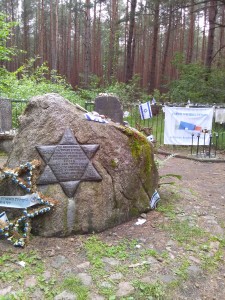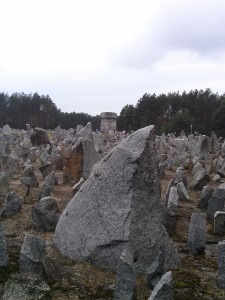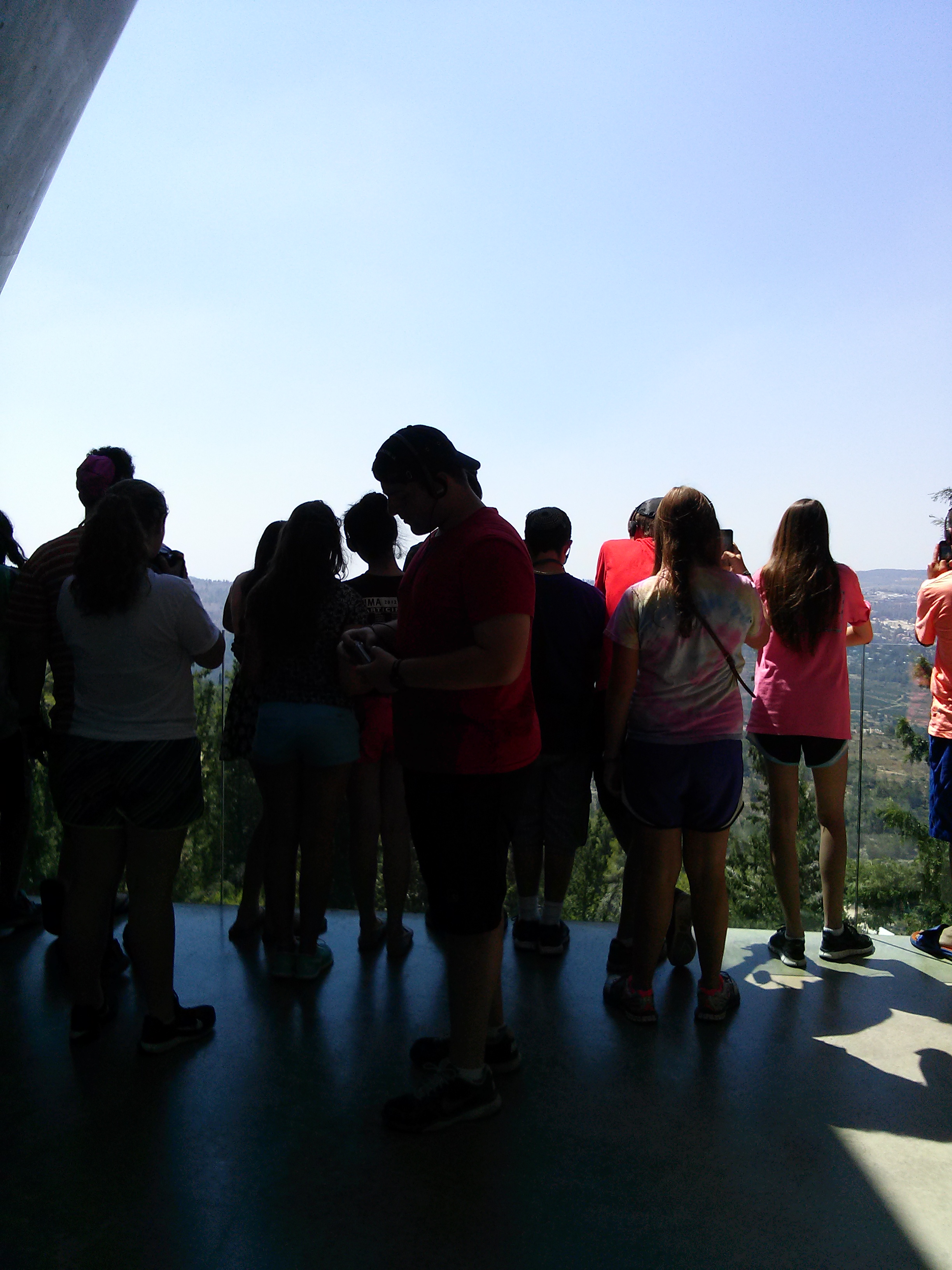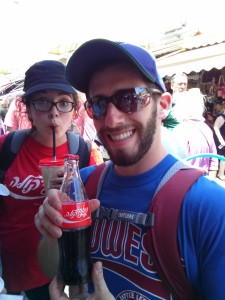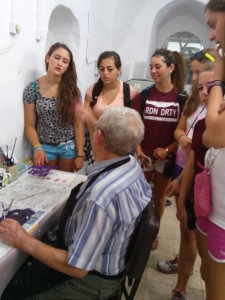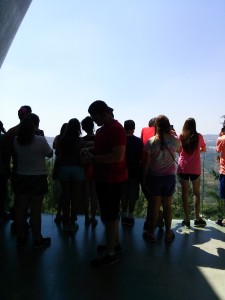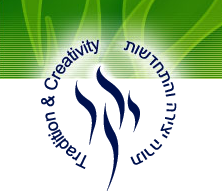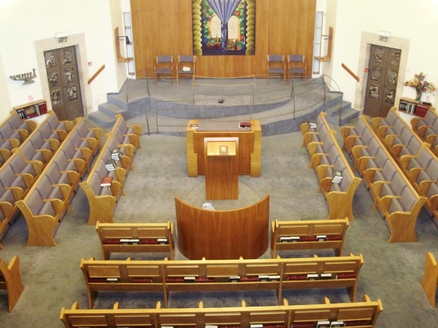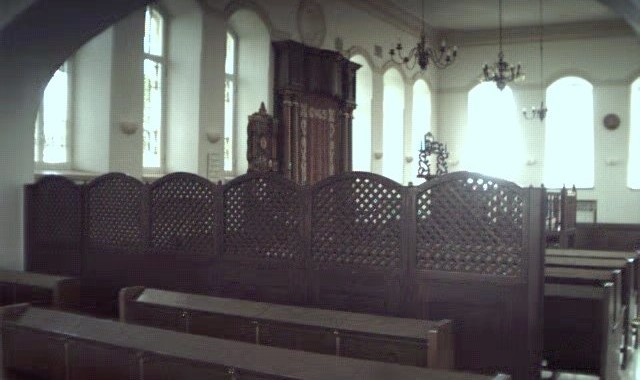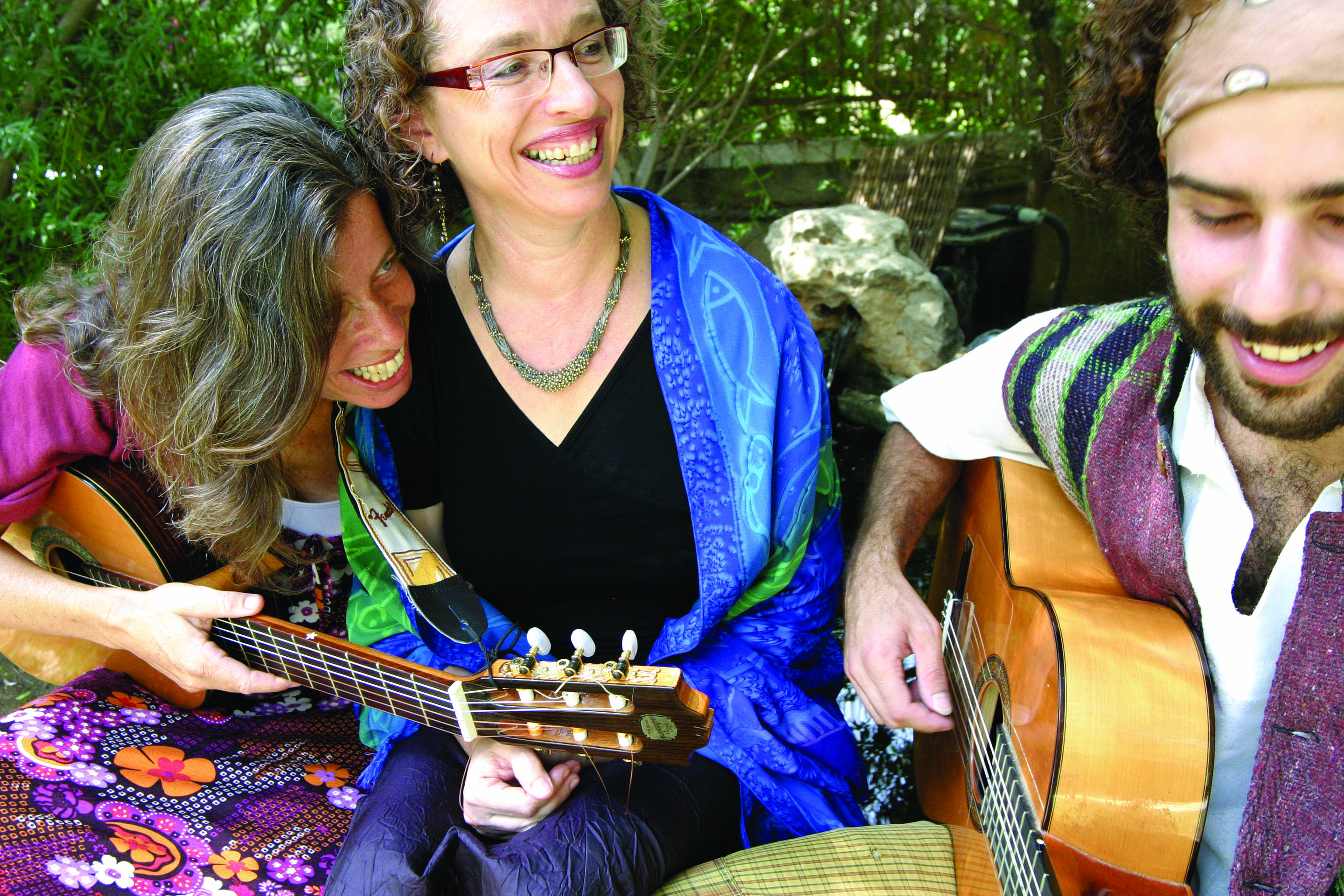Our time in Poland ended Monday night, but it was after an eventful and moving day.
We started Monday by davening at the Tykochin synagogue, where Jews once prayed in this thriving shtetl, and then made our way to the Lupochova Forest, where the Jews of Tykochin and some surrounding villages were marched, told to line up along pits, shot by a firing squad, and then buried in mass graves. Three graves were dug, and there are memorials now that recognize those who were murdered.
Our time in Poland ended at the Treblinka death camp, which was completely destroyed by Nazis as the war was coming to a close. While no physical structures remain from the camp, there are a number of memorials in the places where the different buildings used to be, as well as a huge expanse that is covered in large symbolic rocks to memorialize the 800,000-120,000 that were were murdered there. Some of the rocks recognize particular towns where many Jews were brought from.
We had a ceremony led by the Usyers, where they read selected readings and poems that were moving to them, and we ended by singing Hatikvah, The Hope, that one day we might be free to live in peace in our holy land. We surprised the Usyers by giving them letters that their parents had written to them specifically for this occasion, and it was extremely moving to see the emotions they felt and the thought of what might be contained within those letters even brought tears to my eyes. Some found out they had family who at one time lived in different towns in Poland, and tried to find those names written on the stones.
Monday night, we left for Israel, and arrived Tuesday only to find that 15 of bags, as well as some 90+ Ramah bags, were not put on the plane. We had an emergency shopping trip for those of us (including me) who did not have their suitcases, and overall had a pretty relaxing first day.
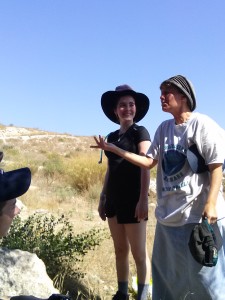
Wednesday was our first full day in Israel. We started the day with an archaeological dig at Tel Maresha, where we helped excavate a real historical site. Due to the extreme number of potential archaeological sites in Israel, archaeologists often use volunteers and tour groups to help them in their excavating. We were able to find a number of pottery shards, animal bones, and even some charcoal. It was a really cool activity, and the archaeology loving boy in me had a ton of fun.
We then went for a swim in the pool at Beit Guvrin, which was exactly what was needed for a 90 degree+ day. The day ended with a seminar on the Arab-Israeli Conflict with Neil Lazarus.
Today, Thursday, we started our learning about ancient times with exploration of the second Temple period. We started the day exploring the Southern Wall of the Temple, and learning about the daily life at the Temple, and stopped into the Davidson center for a break and a movie explaining more about life in the second Temple period.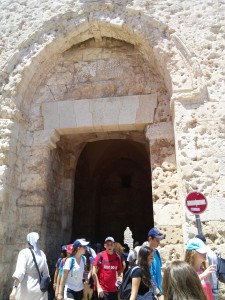
We briefly greeted the Kotel, or the Western Wall, and the USYers had a chance to write notes if they wanted. We explored the remnants of the Herodian mansions that lie underneath the streets of the old city, and learned about the warring factions of the time, the Sadducees and the Pharisees.
Our day trip ended with a visit to the Israel Museum, where we saw the Heliodorus Stele, an ancient document written on stone from around the time of the Maccabees that was actually found at Tel Maresha. We continued to see a few more artifacts, browsed the Shrine of the Book containing the Dead Sea Scrolls, and saw the giant model of Herodian Jerusalem.
I had some free time in the afternoon where I got to catch up with some friends in Israel, and it was really great to see them. We ended the day with a trip to Ben Yehuda Street, where Gonen, one of my co-staff, showed me some great places to shop and eat for the future.
A few more days in the Jerusalem area, and then we’re off to see the rest of Israel! More to come soon!


